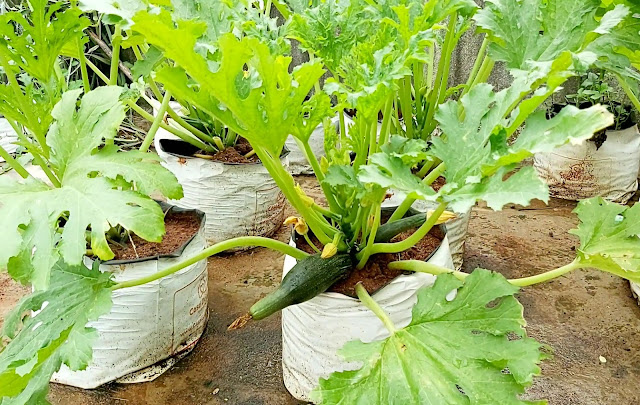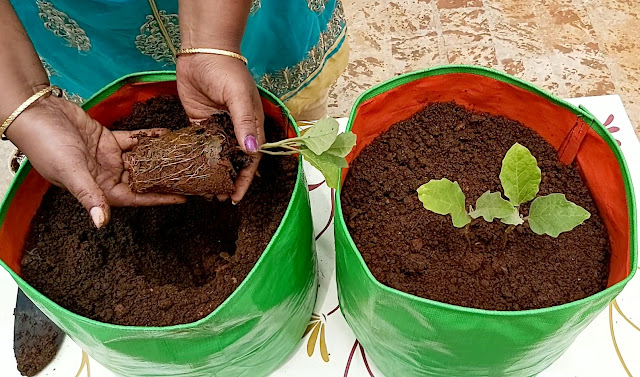Irrigating and Fertilizing Zucchini

Zucchini - Vegetable gardening at home: Zucchini needs steady moisture to produce large, problem-free harvest s Water thoroughly whenever the top inch of soil is dry. Install a soaker hose or drip irrigation at the time of planting Zucchini plants need regular feeding in addition to being planted in the rich, nutritious soil mentioned earlier





